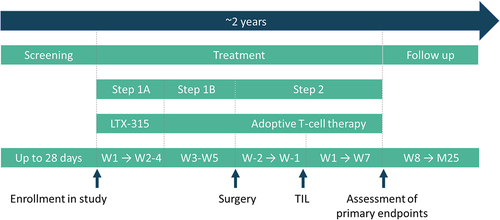Figures & data
Table 1. Baseline patient demographics.
Table 2. Treatment data.
Figure 2. IHC data before and after LTX-315 treatment.
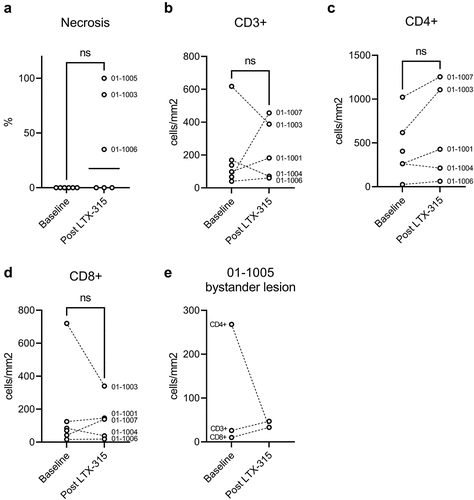
Table 3. Adverse events related to therapy.
Figure 3. Tumor response assessed by RECIST1.1.
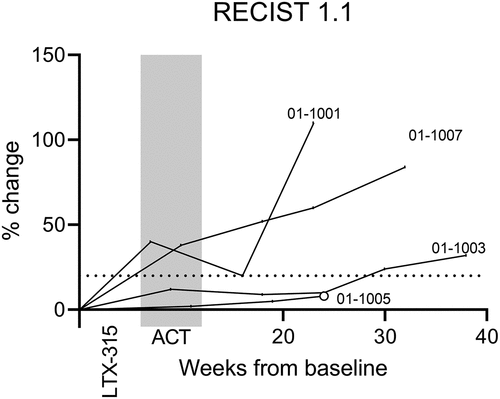
Figure 4. Characteristics and reactivity of TIL and PBMC.
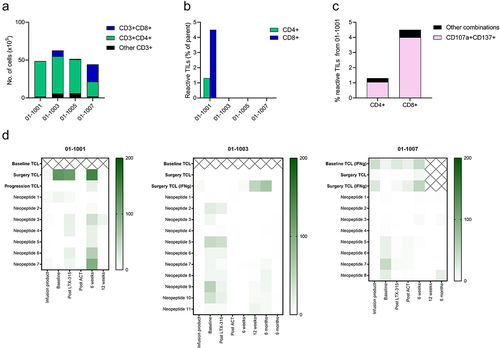
Figure 5. LTX-315 induces a polyclonal tumor-associated T-cell response in PBMC.
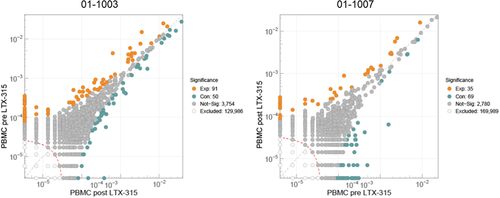
Supplementary material.docx
Download MS Word (312.4 KB)Data availability statement
The data that support the findings of this study are available from the corresponding author, [author initials], upon reasonable request.

